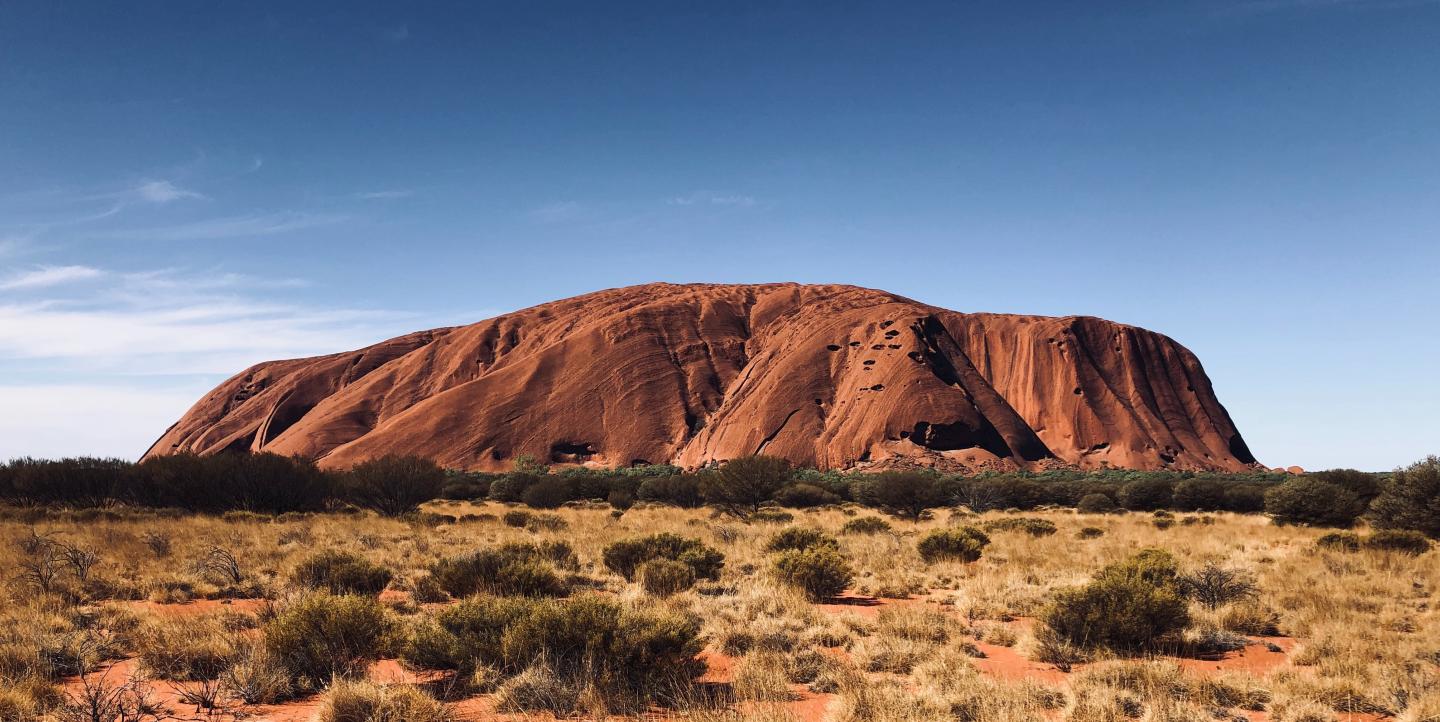In October, Australians voted to reject a plan that would have given more political rights to First Nations people in the country – and a “Voice” in the constitution.
This Voice would have served as an advisory body for Australian First Nation communities (also referred to as Indigenous or Aboriginal and Torres Strait Islander communities), to influence policy on issues important to these communities, such as living conditions, health, and economic opportunity. It would have been an essential step toward reconciliation.
“The idea behind the Voice is to ensure that when policies are developed to improve Aboriginal life, the government finally listens to us," said Peter Aldenhoven, the chief executive officer of the Willum Warrain Aboriginal Association, and a descendant of the Quandamooka people.
Australian Prime Minister Anthony Albanese, who supported adding the Voice to the constitution, acknowledged defeat. “For many, today is a day of sadness,” said the country’s minister for Indigenous Australians, Linda Burney.
In the wake of the failed referendum, the issues facing Aboriginal people and Torres Strait Islanders deserve more coverage to raise awareness than ever.
As a journalist who has engaged with numerous First Nations people from various Australian nations during my career, here are some guidelines I’ve learned for writing about Aboriginal and Torres Strait Islander communities ethically, inclusively and respectfully:
Challenges facing First Nations people
Journalists should first know the scale of challenges facing Australia’s First Nations people, who are the most socially and economically marginalized communities in the country.
For example, while these communities represent only 3% of the Australian population, they account for 32% of prisoners. First Nations men live almost nine years less on average than non-Indigenous men; women, almost eight years less.
The rate of death by suicide for First Nations men and women is two and a half times that of their non-Indigenous counterparts.
Getting in touch
As a freelance non-fiction writer operating independently, I often have to work with a limited budget. While working on a creative non-fiction book about Australia, as well as feature reporting, I once contacted a fixer to connect me with the Mirarr people, who have defended their land against uranium mines.
The Mirarr people are located in the tropical Northern Territory, a five-hour flight away from where I reside in southern Australia. The fixer cautioned me about the presence of non-Indigenous gatekeepers within many Indigenous organizations that safeguard community interests in Australia, who may not readily welcome other non-Indigenous “stickybeaks” (a colloquial term in Australia that refers to someone who is nosy or overly curious). I've come to recognize that the fixer's advice was sound.
Here are some more tips if you’re covering issues impacting First Nations people:
- Research the often overlooked history of Indigenous Australians, and the concept of the "Great Australian Silence." Keep in mind that First Nations history is not yet a mandatory subject in Australian schools.
- Recognize the complexity and cultural diversity of the many different First Nations Countries, languages and customs. Australia has many Indigenous nations, each with their own distinct identities and heritage. It's important to remember that no person or group can speak on behalf of another.
- Familiarize yourself with the individuals authorized to represent a specific nation and contact First Nation Elders directly. Based on my experience, when you approach with respect and honesty, Elders are often quite open to having a conversation, or “yarning.”
- Visit Indigenous communities in the Outback, venture to the remote tropical north, travel to lesser-known towns, and explore isolated communities. Understand that this might require permits from local Land Councils, which can be hard to get.
- Observe a First Nations protest, which often revolve around issues like mining on traditional lands, toxic waste disposal, gas fracking, or the encroachment on sacred territories and burial grounds for corporate housing development. Doing so can help inform on what issues are pressing for their communities.
- In big cities, reach out to academics specializing in the awakening of First Nations languages, and other experts in Aboriginal and Torres Strait Islander issues. You can also schedule meetings with Elders at local healing centers or community gathering places.
Interviewing
When seeking interviews, it's important to respect a clear "no" to an interview request without pressing further. Once, I tried to set up an interview with the Anangu people at Uluru-Kata Tjuta National Park to discuss the closure of the Uluru rock, considered sacred to the community, to tourist climbing. The National Park representative replied with a firm "no," explaining that this subject was too sensitive for the Traditional Owners. Respecting this "no" is not only a matter of cultural sensitivity, but also a crucial aspect of building trust, fostering positive relationships, and ensuring ethical and collaborative interactions.
Be patient and prepared to invest a significant amount of time in establishing relationships with Traditional Owners. In remote areas, Elders may not have access to phones or the internet. When you inquire about the location of the person you're interviewing, you may not get an address, but you might receive directions like these I once received: "Head to the outskirts of town, where you'll spot an old caravan and many wrecked cars. That's where he/she lives; don't be overly concerned about stray dogs."
Here are more interviewing tips:
- There are 120 Indigenous languages still in use. It's usually best to hire a local interpreter for effective communication.
- When meeting someone, ask how they prefer to be called. Many people have English names, nicknames, and traditional language names. Some may not like being called "Indigenous"; it's better to use the name of their specific nation.
- Note the different spelling of traditional names and countries. Today, many spelling variations are due to inaccurate spelling recorded by white settlers and explorers.
- Understand that in some First Nation communities, there may be important distinctions between what is considered “men’s business” and what is “women’s business.”
- Respect any information First Nation people consider sensitive or sacred. For instance, some Dreamtime stories, or the locations of sacred sites should not be published.
- Approach taking photos of First Nation people with sensitivity, and always seek permission. In many areas, publishing the names and photographs of deceased people is restricted during mourning. The length of this time varies and is determined by the community. Here are helpful guidelines.
Respect history
When delving into the stories of Aboriginal and Torres Strait Islanders, remember the crucial elements: respect, ethics and a deep sensitivity to the lingering trauma of colonization.
The stories of Aboriginal and Torres Strait Islanders are woven with intergenerational pain, shaped by events such as the Frontier Wars, mass settler violence that has been labeled as genocide, missions, the haunting chapter of the Stolen Generation, and the heart-wrenching loss of culture. Navigate these narratives with the utmost care and consideration.
For more information on best practices when writing about First Nations people in Australia, please read these guidelines.
Photo by Antoine Fabre on Unsplash.


